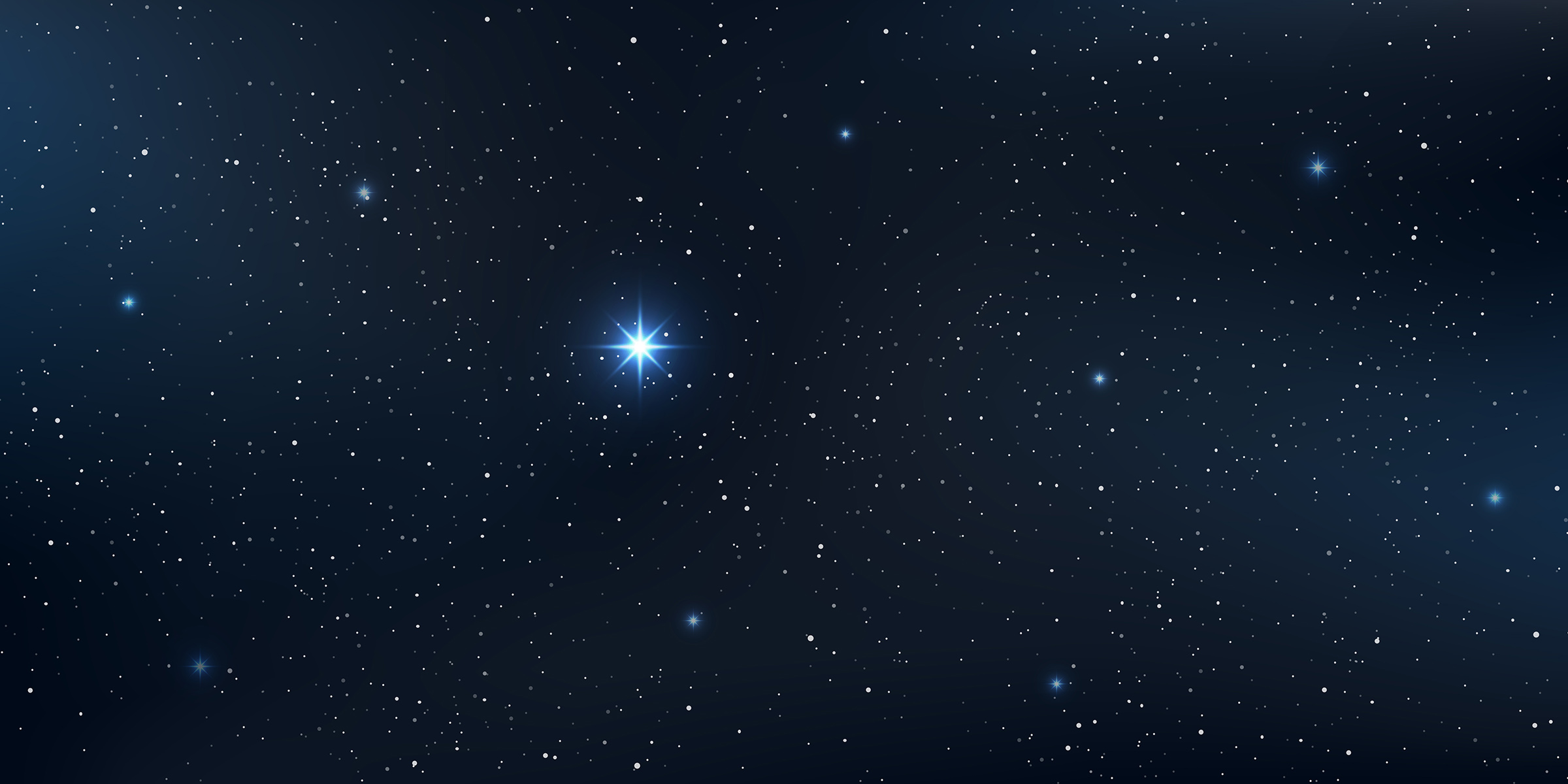Our universe is full of stars. Scientists estimate that there are up to one septillion stars in the universe and that at least one in 12 of those stars are what we call planet eaters.
That’s right. Planet eaters exist all throughout our universe, and a vast majority of the stars found throughout the cosmos have munched on a planet at some point in time. This really shouldn’t be that surprising of news, considering stars are one of the main driving forces of gravity throughout the various systems found in our universe.
One way to look deeper into planet eaters is to focus our observations on systems where two stars at born at the same time. These twins provide a great way to compare the composition of stars, as they should contain virtually identical materials since they were born from the same cloud of gas and dust. However, some of these twins might have other materials in their bodies, showcasing that they’ve eaten away at another object, possibly a planet.
The researchers involved in the new study used the European Space Agency’s (ESA) Gaia satellite to look at 91 different pairs of stars. By looking at the wavelengths of each star in each pair, they were able to determine what the elemental compositions of each star should be. They found that eight percent of these pairs (one in 12) displayed signs of having eaten a planet.
This is a fate that our own sun is likely to experience billions of years down the line when it exhausts its primary fuel source and swells to become a giant red star. It will likely engulf the closest planets to it, becoming a planet eater in its own right. Scientists consider this the time of death for the Sun, and it isn’t a fact that we have hidden, but it is surprising to learn that the number of planet eaters in the cosmos is so vast.

